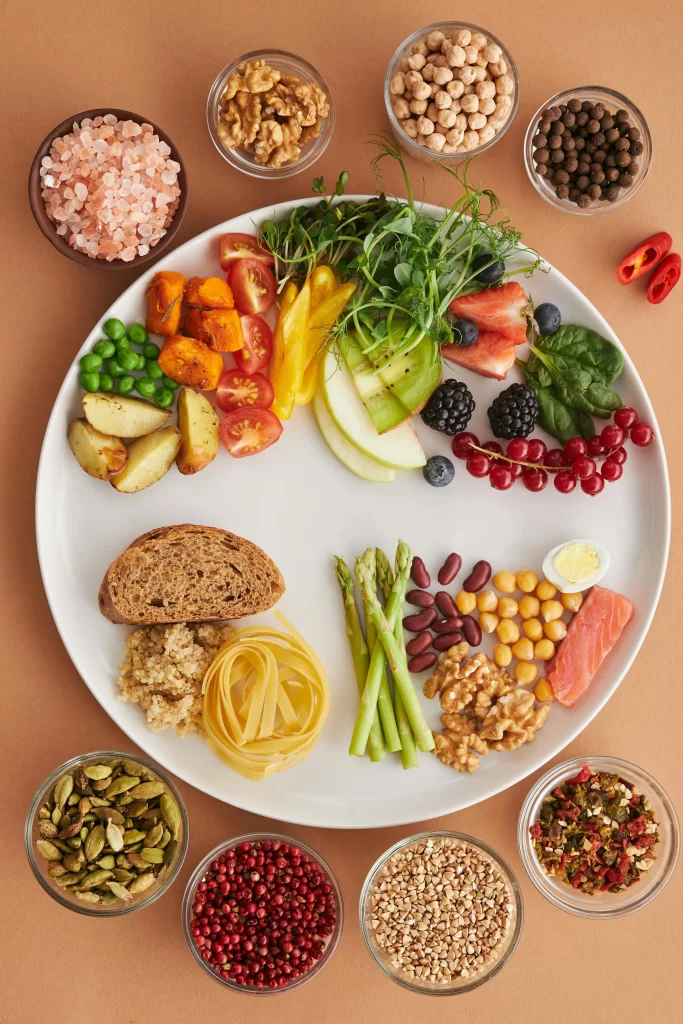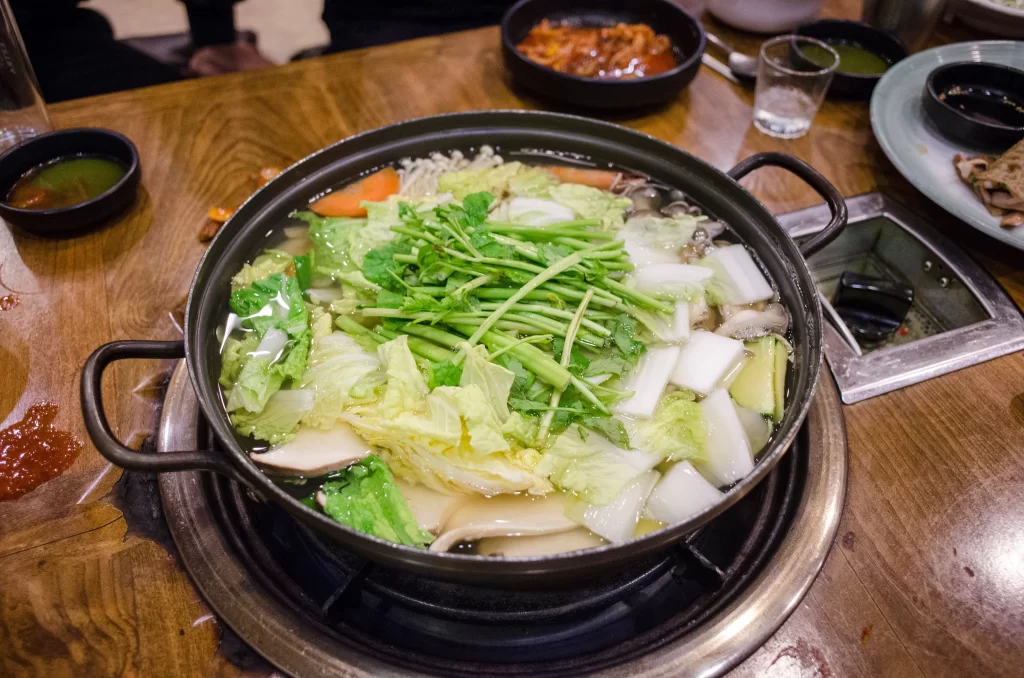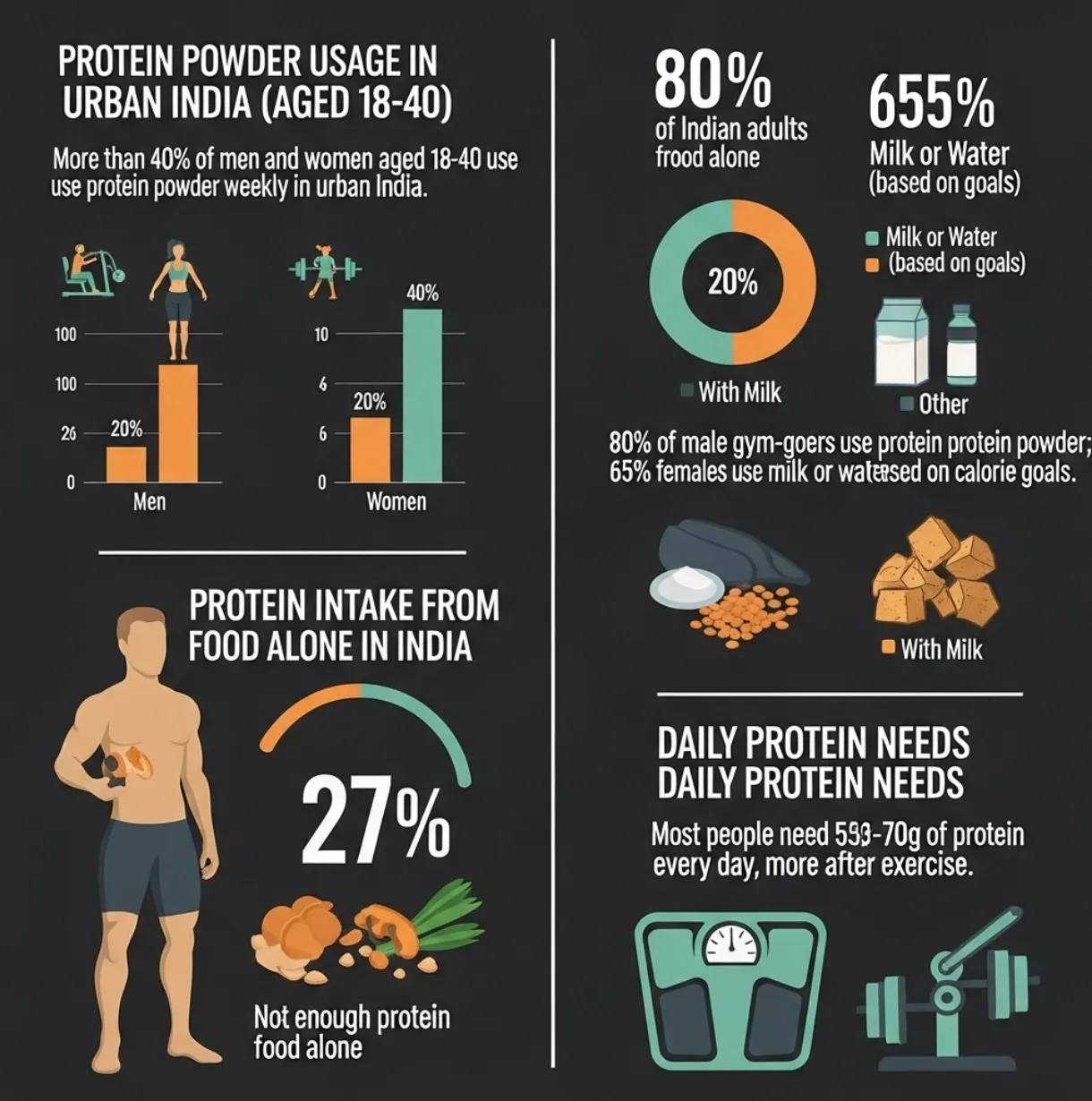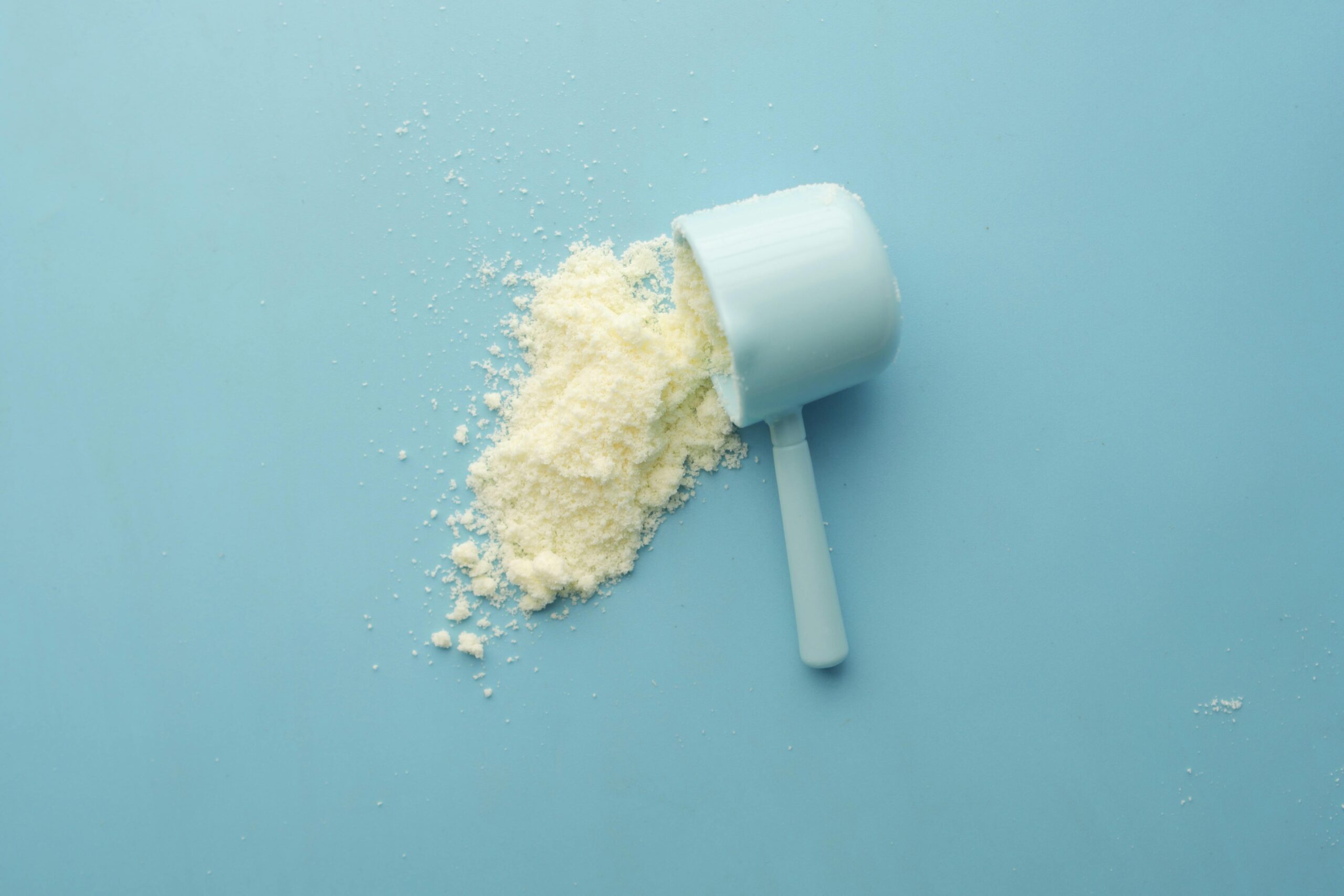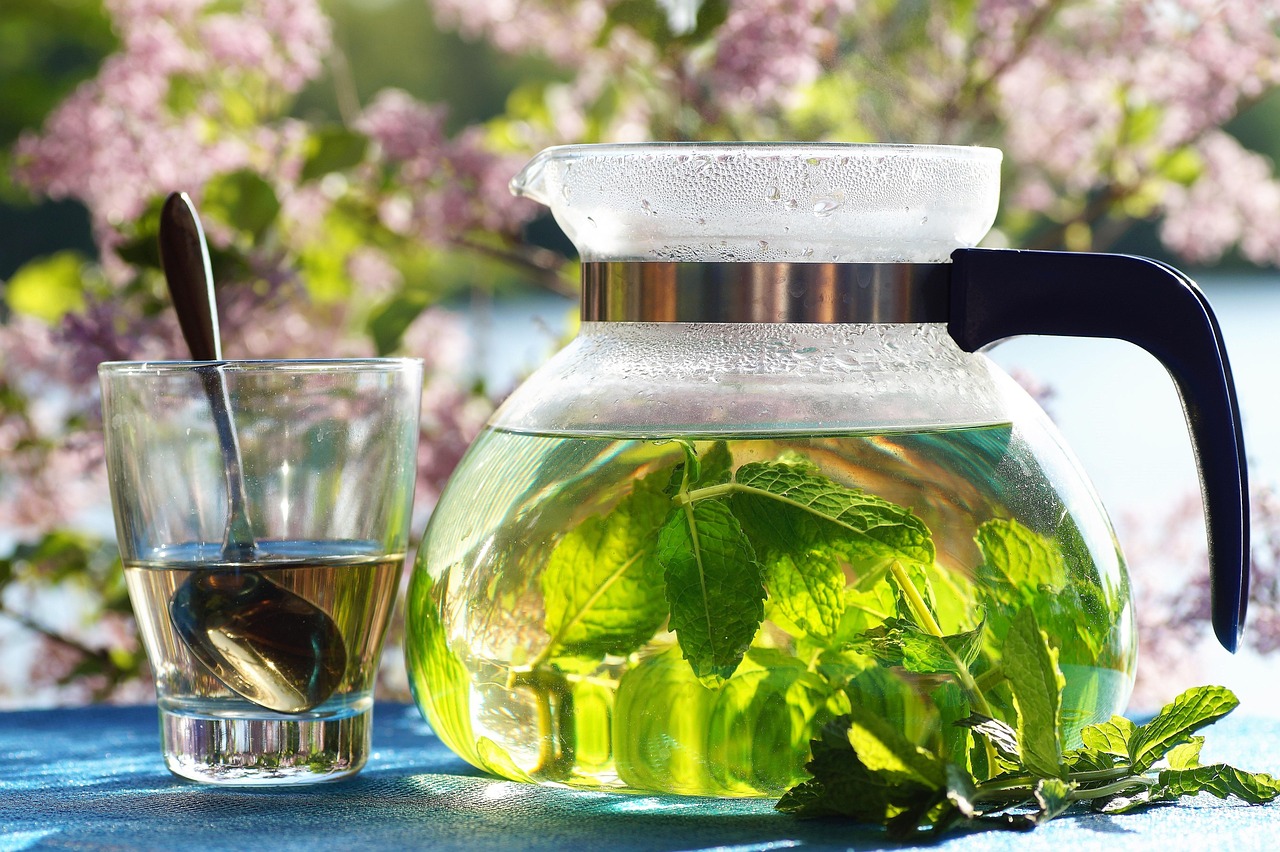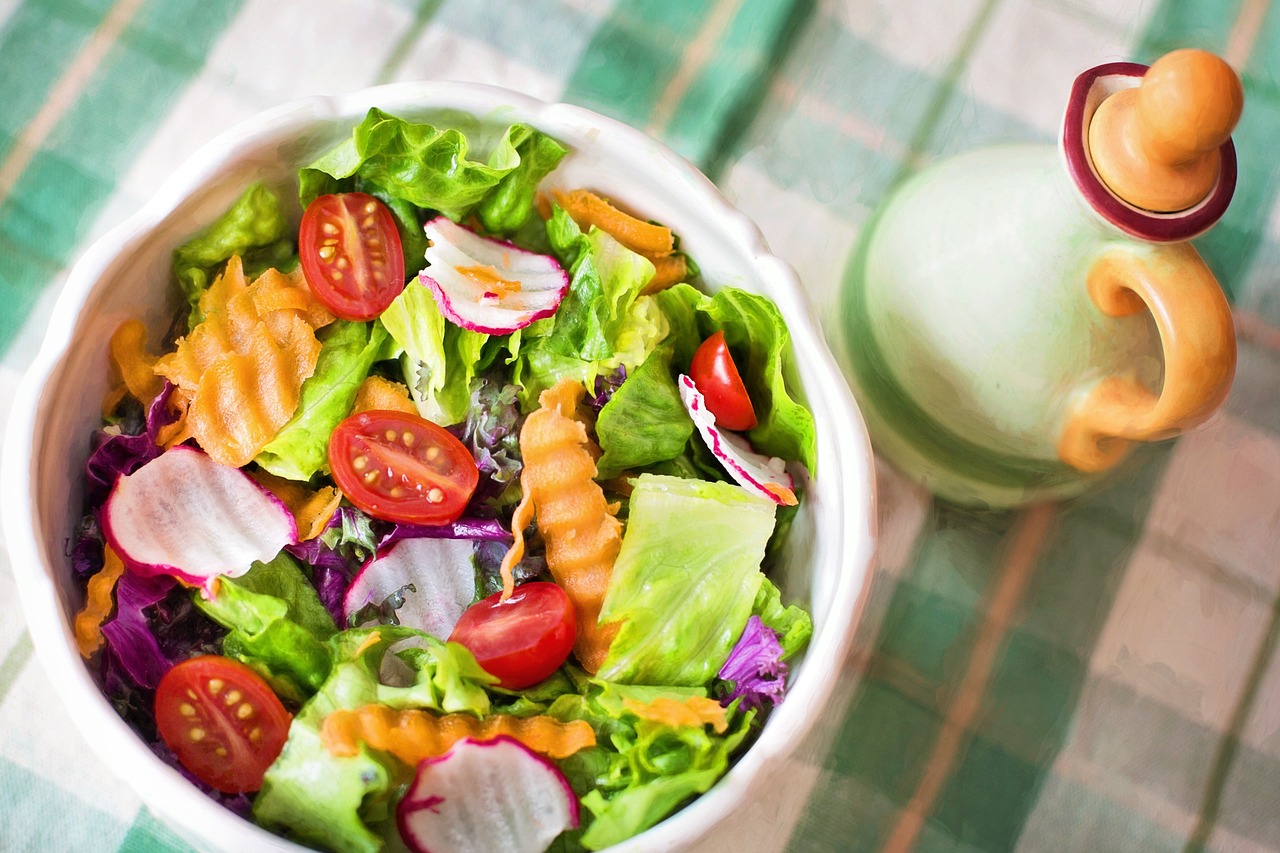If you’re struggling with typhoid fever and looking for ways to feel better, it’s important to know that dietary changes can play a role in managing the symptoms.
While a complete cure usually involves antibiotics, adjusting your diet might bring some relief.
Consider following a typhoid diet chart and seeking guidance from leading nutritionists as you navigate this difficult time.
Here are some tips on how specific dietary choices could help you during this time.
Typhoid Fever And Diet Plan
Typhoid fever is a kind of sickness caused by bacteria, and you usually get it from eating or drinking things that have the Salmonella typhi germ.
Even though it’s not common in developed countries, it’s a big issue worldwide and causes more than 215,000 deaths every year.
If you have typhoid, you might feel things like fever, headache, tiredness, losing weight, diarrhea, stomach pain, and not wanting to eat.
Changing what you eat won’t cure typhoid, but it might help alleviate some of these symptoms.
Eating foods rich in nutrients and easy on your stomach can provide you with energy and help alleviate stomach problems.
It’s important to remember that while diet changes can help with how you feel, you still need proper medical treatment for typhoid fever.
How To Follow It?
The typhoid diet aims to help your stomach feel better when you have typhoid fever and make sure your body gets the energy it needs.
It’s important to be careful with certain foods.
Here’s what you should do:
- Limit High Fiber Foods: These can be tough on your stomach. So, eat less raw fruits and veggies, whole grains, nuts, seeds, and legumes. Instead, go for home-cooked foods or seedless fruits. Pick refined grains over whole grains.
- Watch Out for Tricky Foods: Avoid foods that may be difficult to digest, such as fatty or spicy foods.
- Drink Lots of Water: It’s crucial to stay hydrated. If you’re in a place where typhoid is common, go for bottled water and skip drinks with ice unless it’s made from bottled or boiled water.
- Be Safe with Food: Since typhoid fever comes from bacteria, be careful with what you eat. Wash your hands frequently, clean all fruits and vegetables thoroughly, and avoid consuming raw meat, raw fish, and unpasteurized dairy products.
- Be Careful Where You Get Food: It’s better to make your food at home instead of buying things from unknown places like street vendors.
By following these tips, you can alleviate stomach discomfort and reduce the risk of contracting typhoid.
Always remember to practice good hygiene and be cautious with what you eat and drink.
Typhoid Foods To Eat And Avoid
During a typhoid diet, foods that are nutrient-dense and easy to digest are recommended.
What To Eat In Typhoid For Fast Recovery?
The typhoid diet focuses on helping your stomach feel better during typhoid fever and ensuring your body gets the necessary energy.
To do that, you need to be careful about what you eat.
Here’s what I suggest you do :
- Carbs for Energy: Typhoid fever makes you feel weak, so eating foods rich in carbohydrates is good. These are foods like porridge, baked potatoes, and boiled rice (cooked so they’re not too hard). They give your body energy and are easy on your stomach.
- High-Calorie Foods: When you have typhoid, you might lose weight because you’re sick. Eating enough calories helps you keep your weight stable. You can try foods like bananas, potatoes, bread, and cereals. These are easy to digest and give you the energy your body needs.
- Drink Lots of Fluids: Typhoid can cause significant water loss, so it’s crucial to stay hydrated by drinking plenty of fluids. This can include things like lassi, lime juice, fruit juices, water-rich fruits, buttermilk, and coconut water.
- Omega-3 Fatty Acids: Foods rich in omega-3, such as soybeans, eggs, and nuts, can help reduce inflammation (swollen body) and bloating (feeling too full) during typhoid.
- Dairy Products: Typhoid can cause you to lose protein, which your body needs to stay strong. So, try to eat things like yogurt and milk to get more protein.
Other Helpful Foods To Eat In Typhoid:
- Eat foods that are easy to digest, like soups with vegetables, chicken, spinach, carrots, or mushrooms.
- Drink lots of boiled or filtered water to stay hydrated.
- Try eating yellow lentils for extra nutrients.
- Have small meals often instead of big meals.
- Boiled vegetables are good because they’re easy to digest and full of nutrients.
- Herbal teas, like ones made from yarrow, neem, and sage, can help keep you hydrated and fight germs.
- Honey is a good choice to eat because it contains sugars your body needs, and it can help soothe your stomach when mixed with warm water.
By following these tips, you can help your stomach feel better and reduce the chances of getting sick from typhoid.
Always remember to keep clean, be careful with what you eat and drink, and stay safe.
What Foods To Avoid?
On the typhoid diet, it’s a good idea to eat less of certain foods that might be tough on your stomach. These include:
- Raw Veggies: Like broccoli, kale, cauliflower, cabbage, and onions.
- Some Fruits: Like dried fruits, raw berries, pineapple, and kiwi.
- Whole Grains: Such as quinoa, couscous, barley, buckwheat, and brown rice.
- Certain Nuts: Like almonds, pistachios, macadamia nuts, and walnuts.
- Seeds: Such as pumpkin seeds, flax seeds, and chia seeds.
- Legumes: Including black beans, kidney beans, lentils, and chickpeas.
- Spicy Foods: Like hot peppers, jalapeños, paprika, and cayenne pepper.
- Fatty Foods: Such as donuts, mozzarella sticks, fried chicken, potato chips, and onion rings.
Eating too much of these might make your stomach feel uneasy. So, it’s better to limit them while you’re on the typhoid diet.
Choosing simpler and cooked foods can be gentler on your stomach and help you feel better.
Potential Benefits
While there isn’t a lot of specific research on the typhoid diet, some studies suggest that eating less fiber could be helpful for certain stomach issues.
This is based on research done on conditions like irritable bowel syndrome (IBS), which can cause problems like gas, bloating, and diarrhea.
These studies also show that sticking to a simple diet with easy-to-digest foods like bananas, white rice, applesauce, and toast might be good for improving diarrhea.
Additionally, research indicates that it’s a good idea to avoid spicy foods.
Some studies have found that consuming extremely spicy foods, such as chili, can exacerbate stomach pain and burning sensations in individuals with stomach issues.
So, for your stomach’s sake, it might be better to go easy on the spice.
Downsides And Side Effects
The typhoid diet is a short-term eating plan meant to help with stomach problems caused by typhoid fever.
It’s not a diet you should follow for a long time, unless your doctor says it’s okay.
When you’re ready to go back to your usual eating routine, take it slow. Eating too much fiber too quickly can make you feel gassy and bloated.
Remember, the typhoid diet isn’t a cure for typhoid fever.
To stay safe from it and other food-related illnesses, it’s important to handle food properly to avoid contamination.
If you’re going to a place where typhoid fever is common, think about getting a vaccine a few weeks before your trip.
If you suspect you have typhoid fever, consult your doctor to determine the best treatment.
Always check with your healthcare provider for the right advice.
End Note
Typhoid fever is a bacterial infection that can lead to serious health problems.
The typhoid diet is a temporary eating plan that recommends consuming foods low in fiber but rich in nutrients and gentle on the stomach.
It’s important to know that the typhoid diet doesn’t cure or stop typhoid fever.
However, when combined with medical help, it might make you feel better by easing some of the symptoms.
Basically, it helps your doctor’s medicine. Always remember to follow your doctor’s advice for the best results.
FAQs
What foods should I avoid if I have typhoid fever?
It is essential to avoid consuming any raw or undercooked meat, poultry, or eggs, as these types of food may contain Salmonella typhi bacteria. This includes meat products from animals like cows, pigs, and chickens. Additionally, it is important to avoid raw or unwashed fruits and vegetables, as they may be contaminated with bacteria. Make sure to wash all fruits and vegetables thoroughly before consumption.
Are there any special diet recommendations for typhoid fever?
While it is essential to avoid certain types of food, there are also some dietary recommendations that can be beneficial during typhoid fever. Clear liquids such as water, juices, and clear soups can help to replace fluids lost due to diarrhea and vomiting. These fluids can also provide energy and help maintain electrolyte balance. Additionally, it is important to include nutrient-rich foods like fruits, vegetables, lean protein, and whole grains in the diet. These foods contain vitamins and minerals that are essential for recovery.
Are there any foods that can help treat typhoid fever?
Certain foods can help to boost the immune system and provide nutrients that are essential for healing during typhoid fever. Vitamin C-rich fruits and vegetables, such as citrus fruits, bell peppers, and broccoli, can help to increase the immune system's ability to fight infection. Garlic and ginger, which are natural antibiotics, also have anti-inflammatory properties and can help to reduce symptoms. Yogurt and other probiotic foods can also be beneficial in replenishing the good bacteria in the gut.
Are there any foods that can increase my risk of typhoid fever?
Certain foods may increase the risk of typhoid fever if consumed raw or undercooked. These include meat, poultry, and eggs that are not properly cooked, as well as raw or undercooked fruits and vegetables. It is important to ensure that all food is properly cooked to kill any harmful bacteria. Additionally, imported seafood and dairy products from regions with poor sanitation practices can also increase the risk of typhoid fever.
Is it okay to eat paneer during typhoid?
Yes, you can have dairy products, including paneer, in larger amounts during typhoid. However, if you are intolerant to milk, you can include paneer and yogurt as alternatives.
What are some recommended foods to eat during typhoid fever?
Foods to eat during typhoid fever include: Bananas Watermelons Grapes Peaches Apricots Boiled rice

